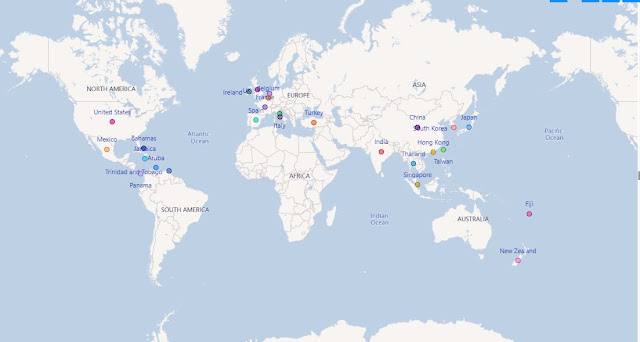"Hey, nice to meet you. So what do you do?" As soon as someone asks me this, I get excited. Why? Because I am eager to tell the person I am conversing with all the amazing things I have worked on, I am currently working on, and could potentially be working on. If you have ever wondered what data analytics consultants do, read on.
You see, when you are a consultant you have opportunity to work with amazing clients and solve their problems using their data and technology. I usually just say "I am a data analytics manager who builds products that provide clients strategic executive insights". However, there is so much more than that I do as a manager in consulting! I wear multiple hats on my projects, and on the same project I would at some point work as a - data product manager, a solutions architect, a project manager, data scientist and a data engineer. How? Well here goes:
Data Product Manager: I define the product requirements after meeting with executives, write stories, review and sign off on work, and own the all aspects related to the product
Solutions Architect: Depending on the project, I provide the solutioning of the product i.e create the data models, define the transformation process, design the prototype dashboard, design and define the metrics
Project Manager: I create and manage the timeline for requirements, development and dev/production testing
Data Scientist: Depending on the project, I may be helping out my team create dashboards and as mentioned earlier I would most definitely be involved in defining the visuals that go into the dashboard
Data Engineer: I am not only involved in defining the data model and transformation but I provide a hand if and when the team is running behind or needs help with a particular piece of SQL code
Team Manager: I am responsible not only for my product but also for the performance and growth people I lead on my team
People Manager: Since consulting teams often change, it's of paramount importance to have someone who you can always report to. I serve as a people manager to some really smart people and this is a role I particularly enjoy
Apart from the roles mentioned above, I am also managing client relationships and helping out in responding to proposals, and recruiting bright and smart talent to do wonderful things we haven't yet thought of!
Now that we have discussed the roles, let's get into what the projects I could work on be:
Data Analytics: Statistical analysis on data to provide predictive/prescriptive analytics. Think Machine learning (regressions etc)
Business Intelligence: Analyze data to provide descriptive analytics on executive dashboards that will be used for high impact decision making
Technology Assessments: Assess the current state of analytics of companies to figure out gaps, issues and risks
Technology Strategy: Usually a step after the technology assessments, define strategies that companies could use to help improve their operations and get more value from their data
Consulting is a fantastic line of work, especially for those early in their career so they can exposed to multiple different industries and clients. On the flip side, you tend to work with different clients all the time so you may not be able to see the impact of all the awesome work your team has done. I feel the biggest advantage of being a consultant sometime in your career is the ability to get the job done - you have to be quick learner and you enjoy new challenges. Now that's as succinct as I can be without writing a book!
